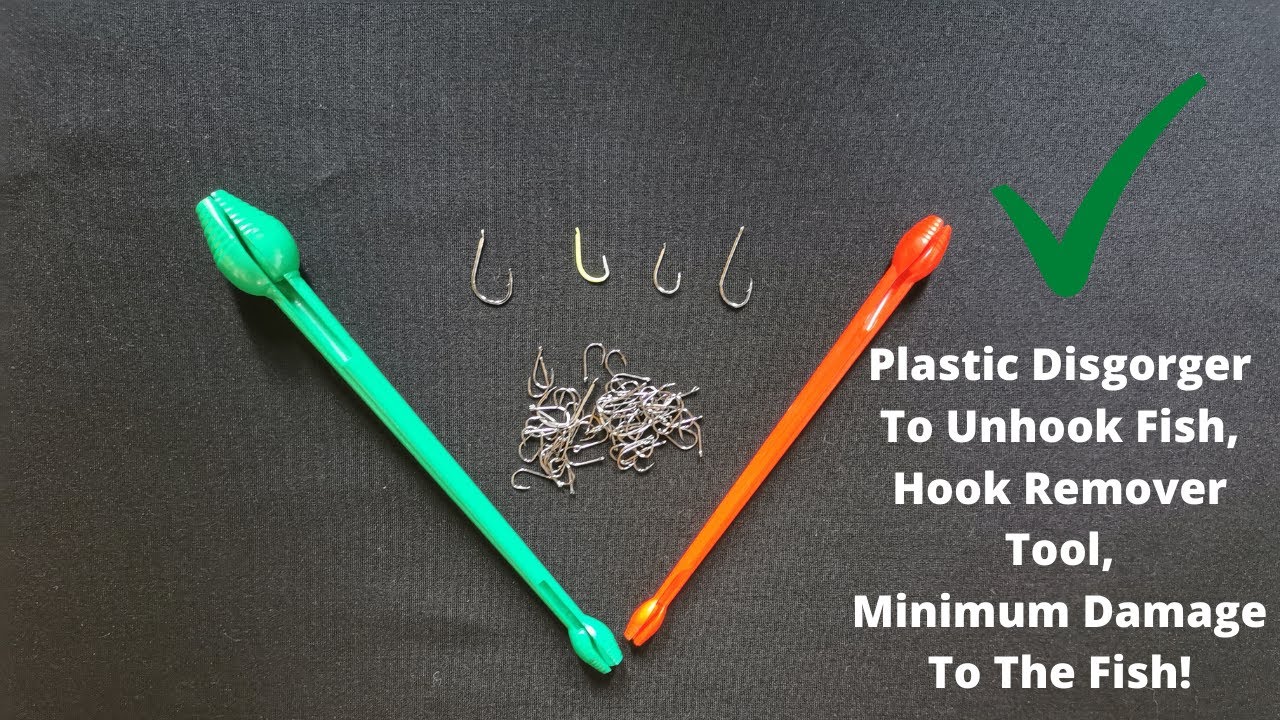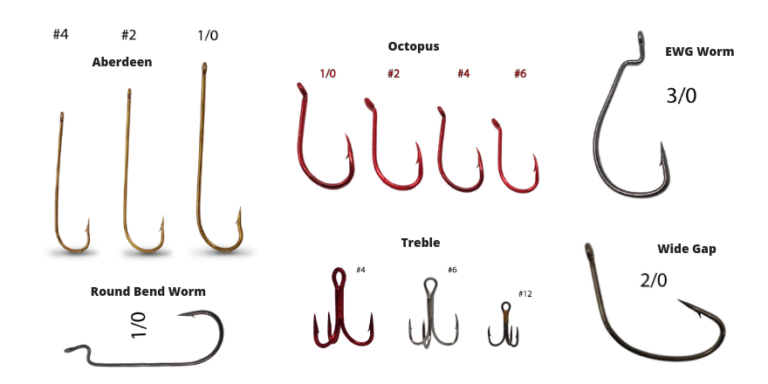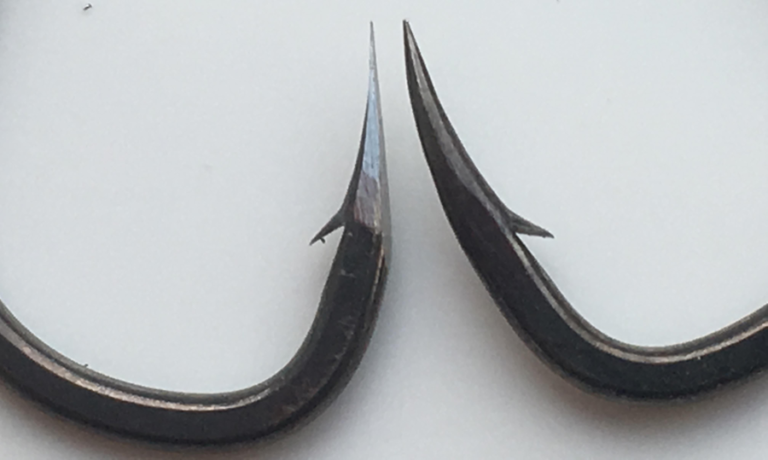How to Use a Fish Hook Remover

To use a fish hook remover, grip the tool firmly and slide its jaws over the hook. Squeeze the handle to secure the hook and twist or push to remove it.
Fishing can be an incredibly rewarding experience, bringing a sense of peace and communion with nature. Yet, moments of excitement can be hindered by the struggle of safely removing hooks from the catch. A fish hook remover is an essential tool that aids anglers in unhooking fish quickly and efficiently, minimizing harm to the fish and the fisherman.
This device not only promotes catch-and-release sustainability but also offers a safer way to handle sharp hooks. Outfitted for various types of fishing, hook removers are versatile, promoting an ethical angling practice while enhancing your fishing toolkit’s efficacy.
Essentials Of A Fish Hook Remover
Understanding the types of fish hook removers is crucial for anglers. A common type is the pliers-style, designed for a firm grip. There’s also the scissor-type remover, which can cut and remove hooks efficiently. For a touch-free option, consider the spring-loaded remover. It ensures minimal contact with the fish, protecting its scales and slime coat.
Key features to seek in a fish hook remover include ease of use, durability, and a non-slip handle. A good hook remover should have rust-resistant construction. This is important for long-lasting tools. Look for models with adjustable jaws to handle different hook sizes. Lastly, ensure the remover has a smooth mechanism to avoid harming the fish.

Credit: finish-tackle.com
Preparation For Fish Hook Removal
Safety is key before starting the fish hook removal process. Always wear protective gloves to prevent injuries. Keep a first aid kit close in case of minor cuts or wounds.
Be gentle with the fish to reduce its stress. Wet your hands before handling the fish to protect its slimy coat. This coat keeps the fish healthy. Hold the fish firmly but carefully to avoid harm.
Step-by-step Guide To Using A Fish Hook Remover
Securing the fish is crucial before using a hook remover. Gently hold the fish with a wet cloth. This stops the fish from wiggling and getting hurt. Always keep the fish over water or a soft surface.
Properly aligning the tool is important for easy hook release. Hold the fish hook remover tightly; align it with the hook’s curve.
To release the hook, press the remover’s handle. This opens the hook’s grip. Ensure no harm comes to the fish’s mouth. Gently twist the tool if the hook is stubborn.
| Post-Removal Steps: | Look over the fish for injuries. | Give care if needed. |
| Get the fish back in water quickly. | Make sure it swims off strong. |

Credit: finish-tackle.com
Common Challenges And Solutions
Removing deeply embedded hooks from a fish can be tricky. It’s important to act calmly and gently to avoid causing more harm. Using a fish hook remover, align the tool along the shank of the hook. Then, push down gently and turn the tool to dislodge the hook without tugging.
Minimizing injury to fish is crucial for their survival post-catch. You can achieve this by using barbless hooks or flattening the barb with pliers. If the hook is deeply set, cut the line as close to the mouth as possible, and let the fish go. Over time, most fish can shed these hooks naturally.
| Hook Size | Tool Type |
|---|---|
| Small | Standard remover |
| Medium | Long-nose pliers |
| Large | Heavy-duty remover |
Different hook sizes need different removers. Small hooks often work well with standard removers. For medium-sized hooks, long-nose pliers can be better. Use a heavy-duty remover for large hooks for a safe release.
Care And Maintenance Of Your Tool
Ensuring your fish hook remover stays in top condition requires simple care. Always clean it thoroughly after a day out fishing. Use fresh water to rinse off salt and dirt. Dry it completely to prevent rust.
Check your tool regularly for signs of wear or damage. Look for any loose parts or corrosion. Applying a bit of oil can keep moving parts smooth.
For storage, keep the remover in a dry and cool place. Avoid direct sunlight and extreme temperatures. A protective case guards against dust and damage. Keep it away from children for safety.
Responsible Fishing Practices
Responsible fishing ensures that fish live after we catch them. Using a fish hook remover helps with this task. It allows anglers to unhook fish safely and quickly. This reduces harm to the fish significantly. Keeping fish alive and healthy is key to catch and release ethics.
Part of being a good angler is protecting aquatic habitats. This means handling fish correctly and keeping our waters clean. Responsible practices help maintain the balance of the ecosystem. It is also crucial to share knowledge with others. Teaching fellow anglers about these methods promotes a better fishing future.

Credit: www.youtube.com
Frequently Asked Questions Of How To Use A Fish Hook Remover
How Do You Use Push Pull Hook Remover?
To use a push pull hook remover, slide the tool down the fishing line to the hook, use the handle to push the hook deeper, then pull back to disengage the hook from the fish’s mouth safely.
How Do You Remove A Fish From A Hook?
Gently hold the fish and use pliers or your fingers to carefully remove the hook. Protect your hands and the fish by handling it minimally and efficiently.
What Is The String Technique For Fish Hook Removal?
The string technique for fish hook removal involves looping a string around the hook’s bend, pressing down on the shank, and rapidly pulling the string to dislodge the hook.
What Is The Best Tool For Removing Hooks From Fish?
The best tool for removing hooks from fish is a pair of fishing pliers with a long nose. These allow for safe, efficient hook removal, preserving both the fish and the angler’s safety.
Conclusion
Mastering the use of a fish hook remover is essential for any angler. This skill promotes safe catch-and-release and protects our finned friends. Armed with the steps outlined, you’re now ready to handle hooks like a pro. Remember, practice makes perfect.
Happy fishing, and tight lines!


